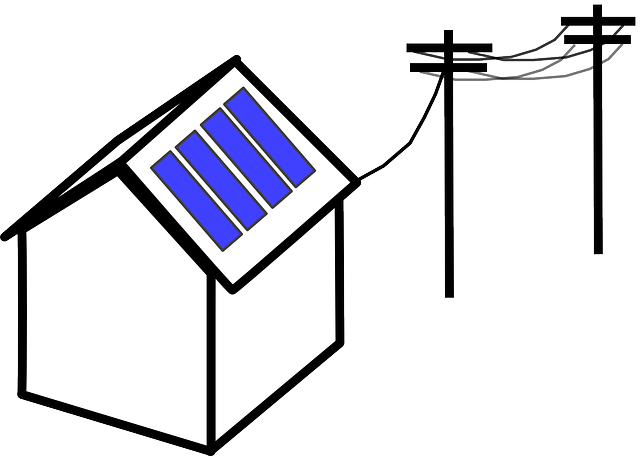
When planning a solar panel installation for your home or business, you can’t ignore the importance of disconnects. There are direct current (DC) disconnects, and there are alternating current (AC) disconnects. Many regions throughout the United States require them for solar panel installations. What are DC and AC solar panel disconnects exactly, and how do they differ?
What Are DC Solar Panel Disconnects?
DC solar panel disconnects are switches that, when enabled, interrupt the flow of DC electricity from a solar panel installation to an inverter. Solar panels generate DC electricity. As photons strike the surface of a solar cell, the panel will generate DC electricity. This DC electricity is then transferred to an inverter where it’s converted to alternating current (AC) electricity.
DC solar panel disconnects are found between the solar panels and the inverter. They interrupt the flow of DC electricity. If there’s a problem with the solar panels, you can engage the DC disconnect to prevent the panels from transmitting electricity to the inverter.
What Are AC Solar Panel Disconnects?
AC solar panel disconnects are switches for interpreting the flow of AC electricity. Most grid-tied solar panel installations have a single DC disconnect between the panels and the inverter, and they have a single AC disconnect between the inverter and the power grid.
Differences Between DC and AC Solar Panel Disconnects
While they are both electrical switches in solar panel installations, DC and AC solar panel disconnects aren’t the same. AC disconnects are designed to interrupt the flow of DC electricity, whereas AC disconnects are designed to interrupt the flow of AC electricity.
DC and AC solar panel disconnects are also found in different areas. DC disconnects are always found before the inverter. Solar panels generate DC electricity, which must be converted to AC electricity before it can be supplied to the power grid or the homes or businesses to which the power grid is connected. DC disconnects are switches between the panels and the inverter. Enabling the DC disconnect will break the flow of DC electricity from the panels to the inverter.
AC disconnects are always found after the inverter. Grid-tied solar panel installations pump their AC electricity into the power grid. With an AC disconnect, the flow of AC electricity into the power grid can be interrupted. The AC disconnect will sit between the inverter and the power grid (typically the home’s or business’s power meter).

